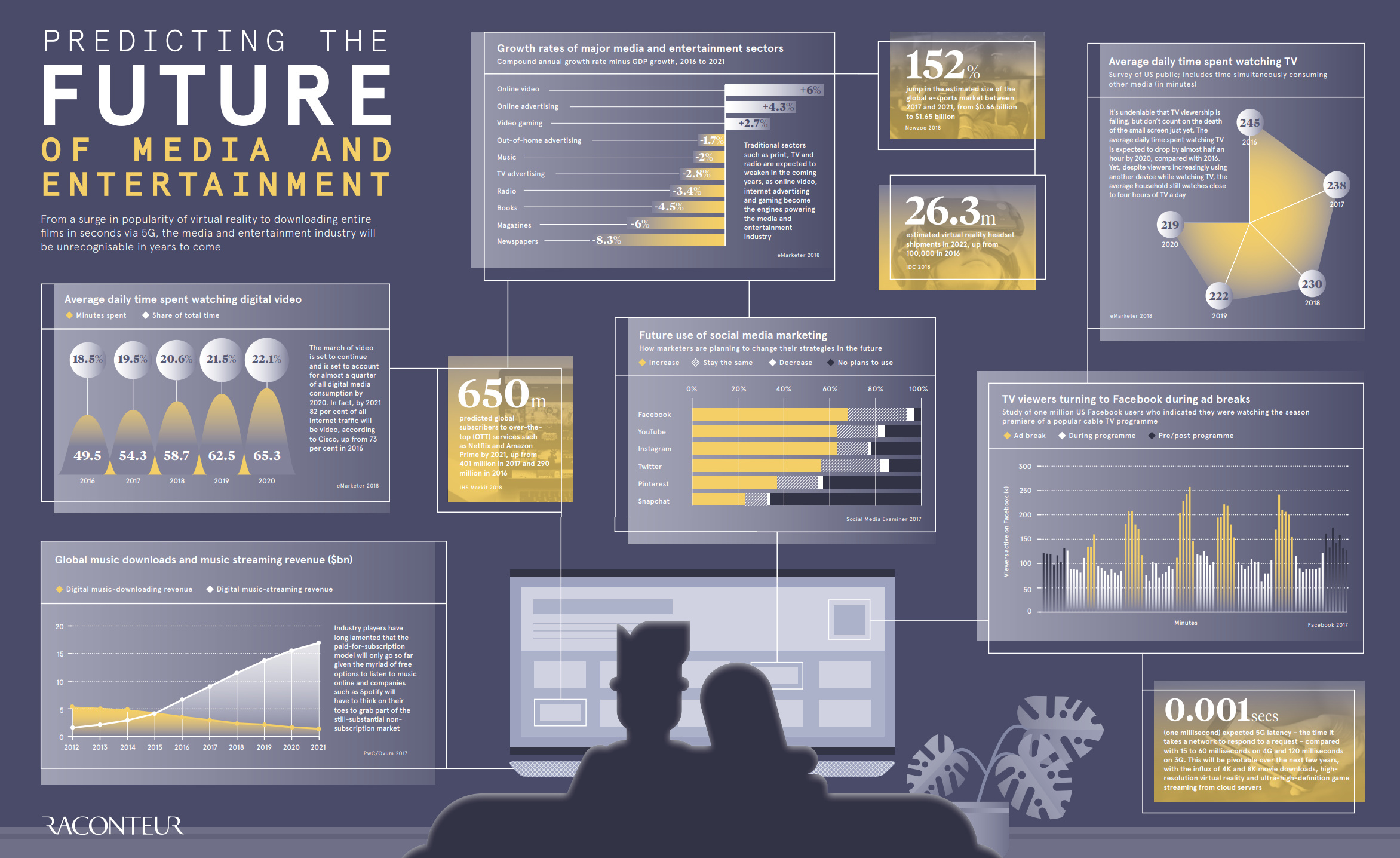Internet access matters. Wideband internet access also matters. But “broadband” sometimes does--and sometimes does not--really matter to end users. The easiest example is mobile internet access, which often runs at far less than the 25 Mbps U.S. minimum to be called “broadband.”
One rarely hears anybody complain about their mobile internet access preventing them from actually doing something. Sure, there are dead spots. But wideband mobile internet access is sufficient for consumer smartphone use cases.
Think about the ways people use their smartphones. Do most users of 4G networks in the United States routinely get 25 Mbps downstream speeds? No. Does that prevent them from using all the apps they want, with satisfactory experience? In nearly all cases, yes.
For most users, access speed no longer is an issue preventing them from using the apps they want.
That might be less true for fixed connections supporting multiple users, to be sure. And many U.S. connections actually purchased by consumers are wideband, not broadband.
By definition, U.S. satellite internet, many fixed wireless offers and mobile connections are “not broadband.”
But 10 Mbps to 20 Mbps for mobile users seems to work just fine for consumers. And while more speed arguably is needed for any multi-user household, the actual end user experience often hinges on how many users or devices are using the shared connection at any single point in time. Obviously, the types of apps make a difference as well.
People often confuse internet access “availability” with “buying choices.” And there is a lot of nuance to be sorted through.
One hears it said that some number of people do not have access to broadband, using the 25 Mbps definition. Fair enough.
Since the U.S. Federal Communications Commission defines broadband as a “minimum of 25 Mbps downstream, some 24 million U.S. residents (though not that many locations) do not have the ability to buy “broadband” internet access.
That is not the same as claiming those consumers and citizens do not have access to internet access. They do. But it now is defined as wideband (less than 25 Mbps), not broadband.
Over time, as we keep redefining the minimum for “broadband,” some of those consumers will still be disadvantaged, compared to urban dwellers. Still, you get the point. When, in the future, broadband is defined as 50 Mbps, and then 100 Mbps, some of those people might still not be able to buy broadband internet access.
Will it matter? Will wideband be enough? For most people, probably. At some point, for any single user, additional speed does not actually improve experience. For most people, the minimum practical standard is enough bandwidth to watch Netflix. And that only requires wideband speeds.

